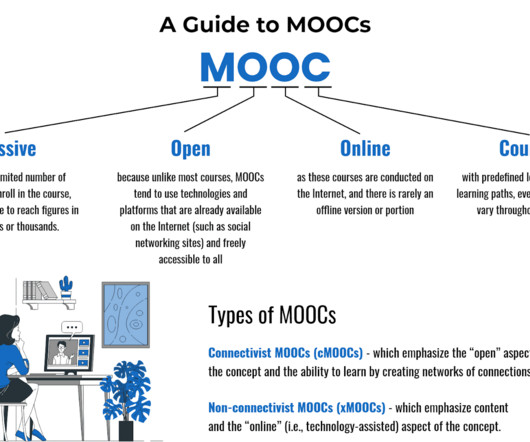14 Effective Ways to Reduce Employee Training Costs
WhatFix
JUNE 28, 2023
The time it takes to adopt new practices and get up to speed. Consider adopting a modular approach to training, where you break down the content into smaller, more manageable chunks. One of the ways to do so is by implementing technology, in particular AI-powered software, that puts the process on autopilot, saving time and resources.
















Let's personalize your content